Hey readers! This is my page for everything reading, writing, and oral language. Here I will post sources I have found helpful, some of my thoughts and things that I have tried and loved. Enjoy 🙂
Reading:
Reading, reading, reading. This is one of the most important skills that we teach in schools. Without reading, students will struggle and not be able to do their bests in many of the other subjects. Personally, reading also helped me expand my vocabulary and help with my spelling because I was an avid reader throughout my childhood. For me, the more I read, the better I also got with writing.
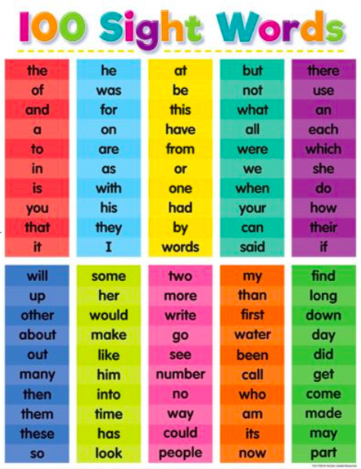
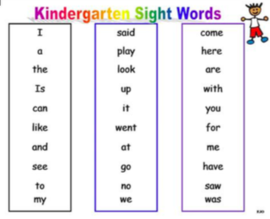
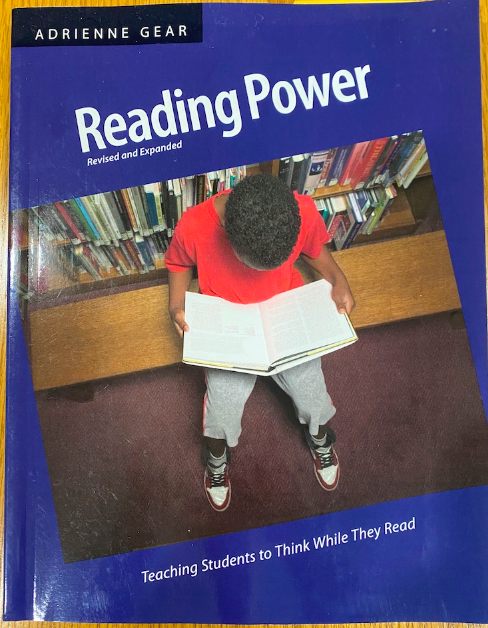
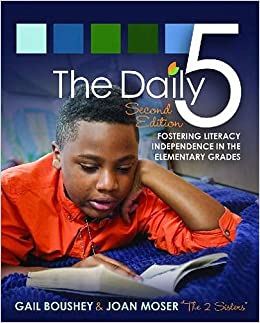
Writing:
Writing is another very important aspect of literacy. Interestingly enough, in my practicum time in kindergarten writing starts as drawing, then to letter formation, to labeling and later to full words and sentences. Learning this was a very good experience for me because knowing where to start when teaching writing is a very important skill to know as a teacher. Writing in the older grades is more about the details such as punctuation, descriptive words and sentence structure. I believe that what we hear, say and read really helps inform what we write about and the vocabulary we use.
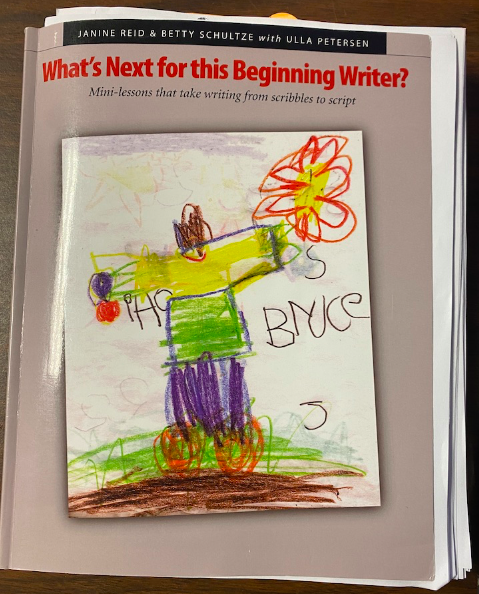

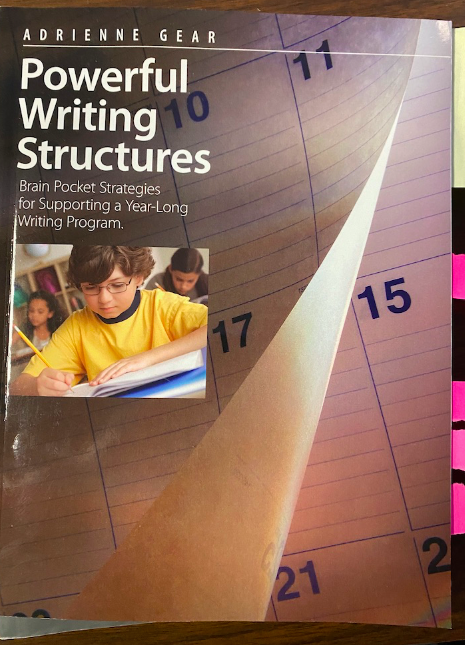
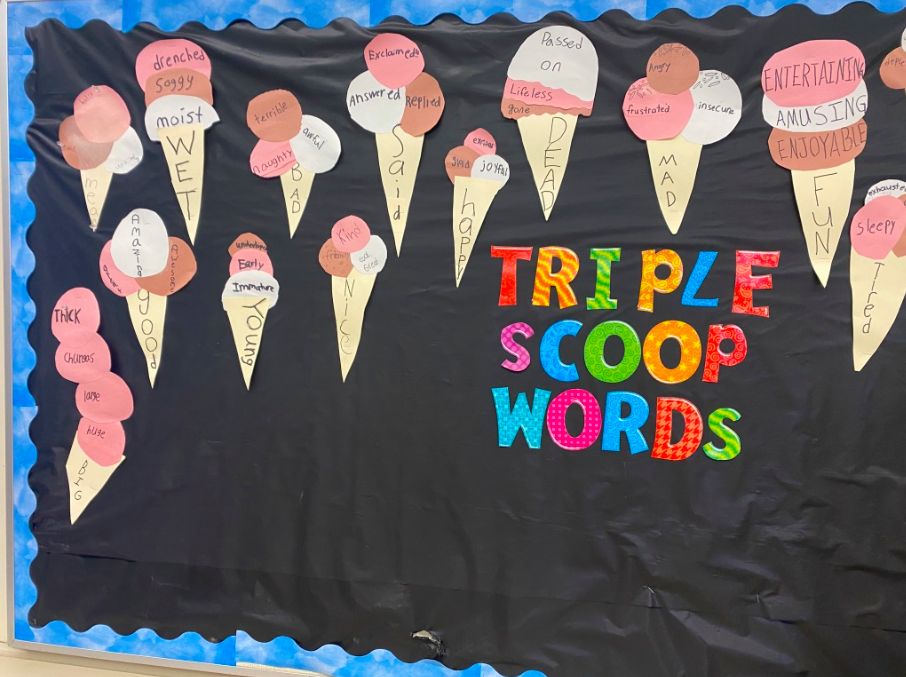
This “Triple Word Score” Bulletin Board was actually something I saw in a classroom while visiting another Teacher Candidate. I thought it was an amazing way to get students to expand to their own vocabulary.
Example: a triple scoop word for fun might be: entertaining, amusing, enjoyable.
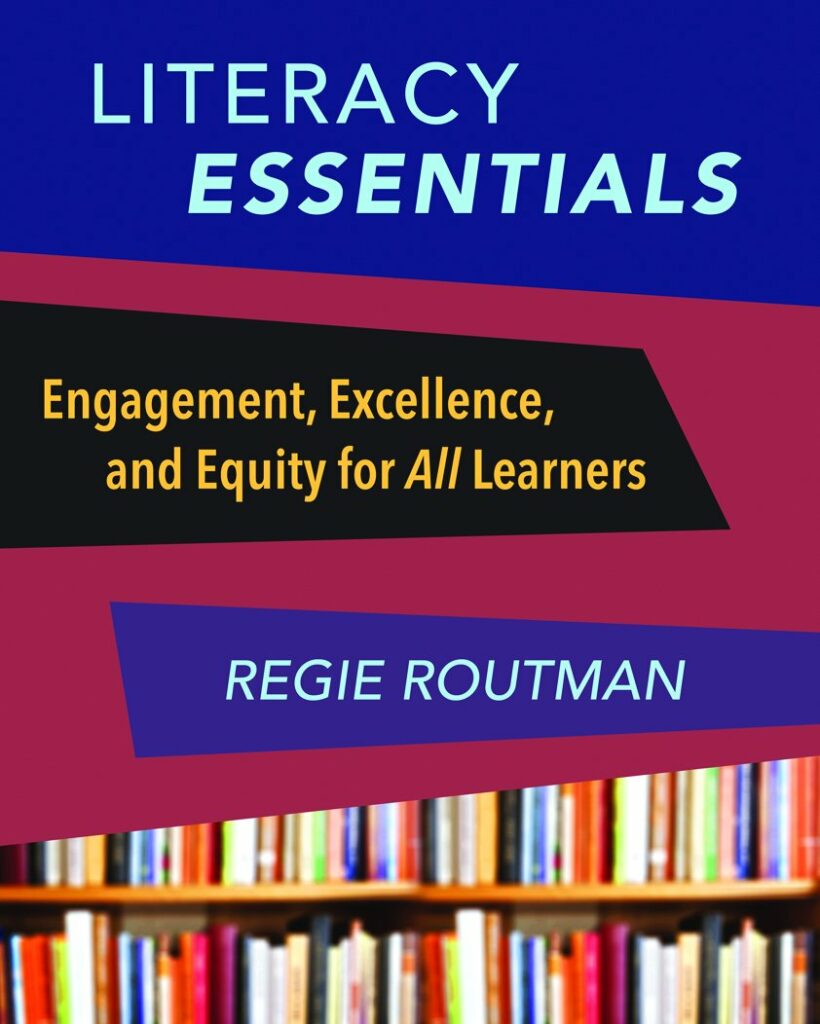
Literacy Essentials is a book I have placed in this section for writing, but in all honesty is has amazing ideas and supports for reading and oral language as well. I have read it front to back and would consider it a very good resource for all grades.
Oral Language:
I know that often, oral language takes a backseat to reading and writing, but nonetheless, oral language is important. When I think of oral language and speaking practice, I think of all that it can do for students. Public speaking is a very important life skill to have. As someone who struggled with speaking in front of groups for a long time, I believe that practice gives confidence in this area. Even if you don’t end up loving it, then practice at least provides opportunities to try.
Another important aspect of oral language is its interconnection with Indigenous knowledge and ways of knowing. Oral language is a very versatile aspect of literacy that can be a very good way to introduce Indigenous content into any classroom (for example, talking circles!).

Show and tell is an awesome way to get students speaking about subjects that interest them and are things they are passionate about. On the blog, A Teeny Tiny Teacher, she explains that show and tell doesn’t have to be unstructured and random. But don’t take my word for it, go check it out for yourself! (https://www.ateenytinyteacher.com/show-tell-speaking-listening-program/)

A Talking Stick! Always a good idea to minimize interruptions and for students to fully have the attention of their peers while sharing. There are many different styles and sources, but I got this one from Kathy Griffin’s Teaching Strategies: http://kathygriffinteach.blogspot.com/2014/07/talking-sticks-for-classroom.html.
A Celebration of Practicum – Things I Have Tried in the Classroom:
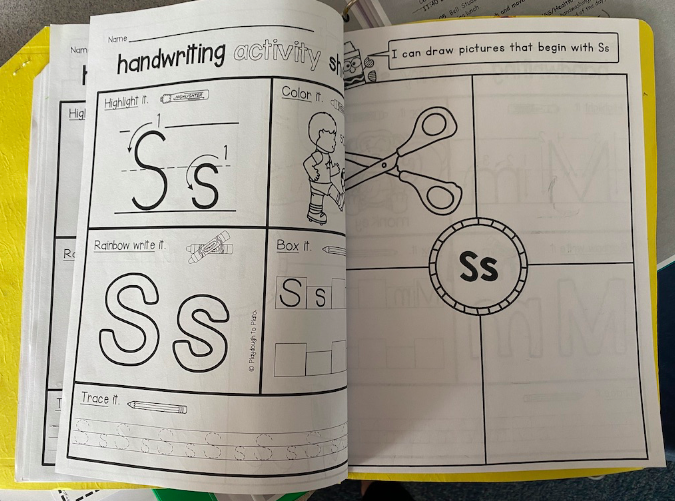
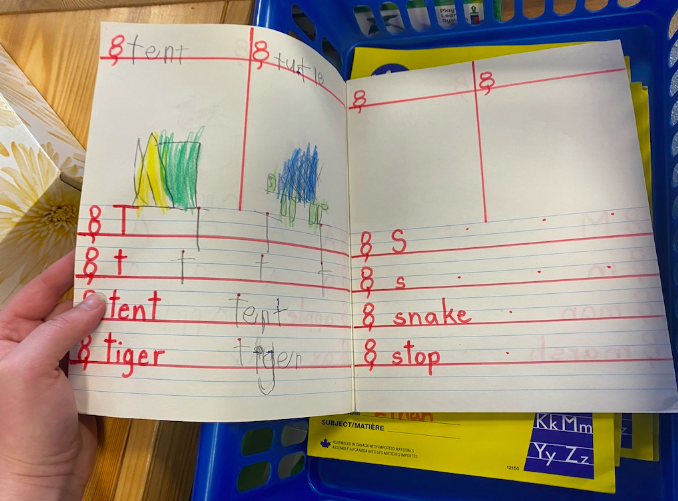
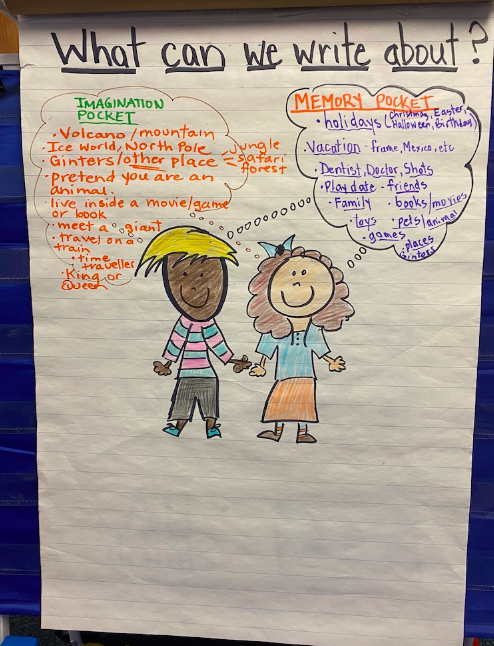
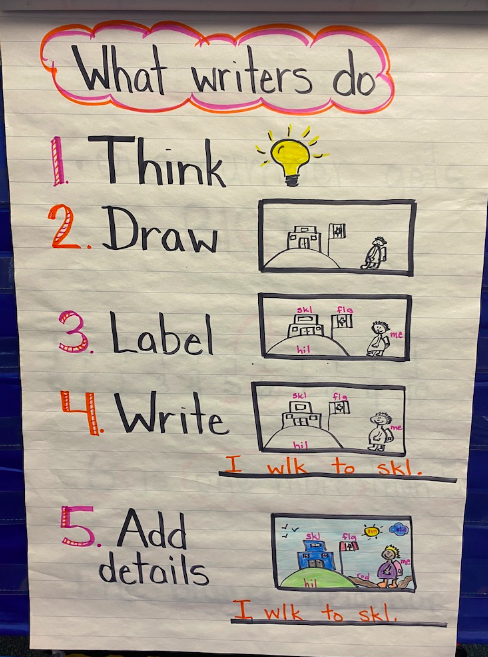
For teaching writing, these were some amazing tools that I found in kinder. My coaching teacher created these and I used them for every writing lesson that I taught. The first picture, I actually taught the students the ‘fact pocket’ that went on the bottom half of the poster. The imagination, memory, and fact pockets were a great strategy for writing and always provided the students with a topic for their writing. Overall, these are both awesome resources and visuals for the students.
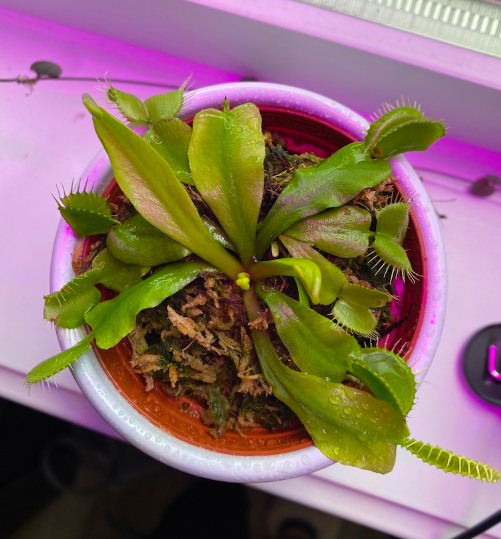
For one of my ‘fact pocket’ writing lessons, I brought in my Venus flytrap and the kids loved it! We watched some videos on YouTube, then we did some observations on the plant’s traps to see where it traps the bugs. I told the students that if they all worked hard on their writing job, at the end of the lesson we would feed the plant. The kids were so excited and I have never seen such on task writing work! The key to getting students interested in writing – find things that they are passionate about. for this class, it was cool plants! Want to see this lesson plan? Click the link below!
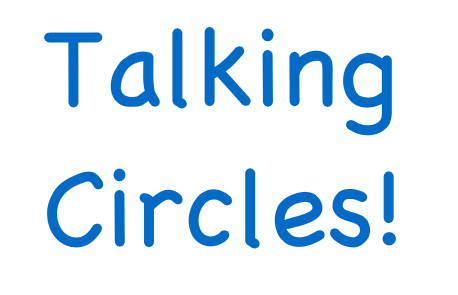
In my practicum, I had the honour of leading a talking circle in my kindergarten class. this experience was great to give students a chance to tell a story about something that is going on in their lives and connect with one another. We used a talking stick so everyone stayed respectful while their peers shared. We also passed to the left, because as we learned from our Indigenous Support Teacher, we pass on the left because that is the side your heart is on.
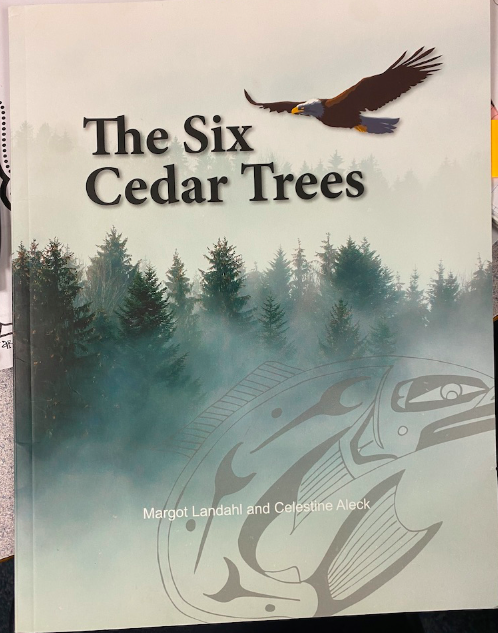
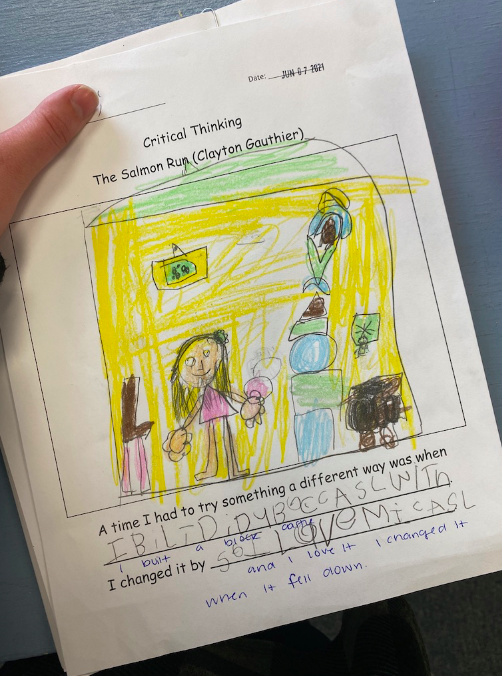
In these two photos, we (my Coaching Teacher and I) combined core competency work and writing with Indigenous knowledge. For this core competency work, the students learn about the characteristics of an Pacific Northwest animal to reinforce their core competencies. First the teacher reads a section of The Six Cedar Trees books on one of the animals, and then through story, the students explore their own experience with the core competency associated with said animal.
Want to learn more about these kind of lessons? Check it out at Rubber Boots and Elf Shoes’ Blog – http://www.rubberbootsandelfshoes.com/2018/05/bc-core-competency-self-assessment-with.html.